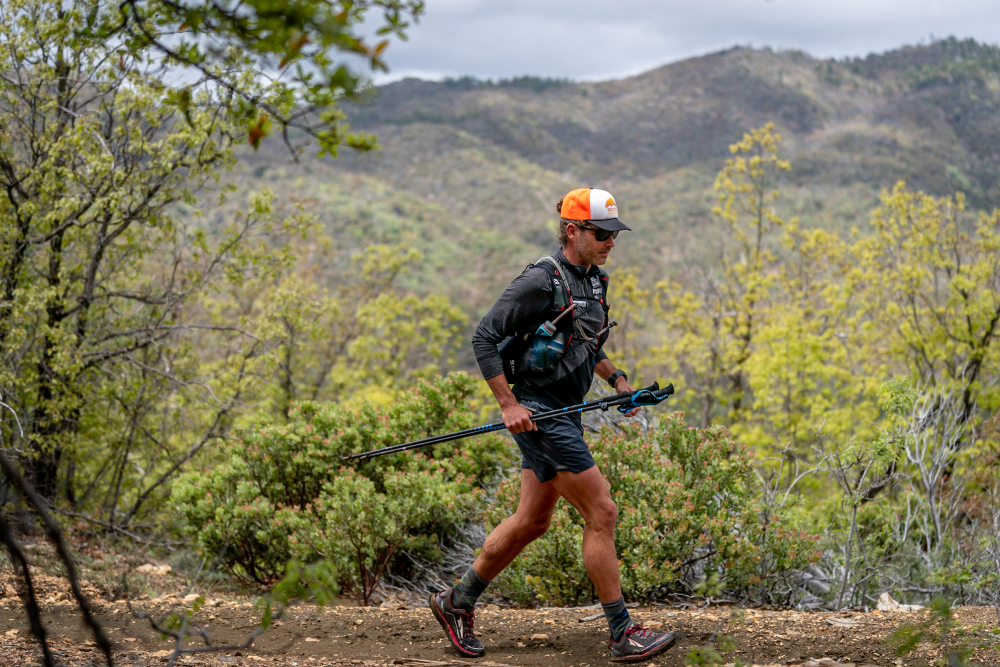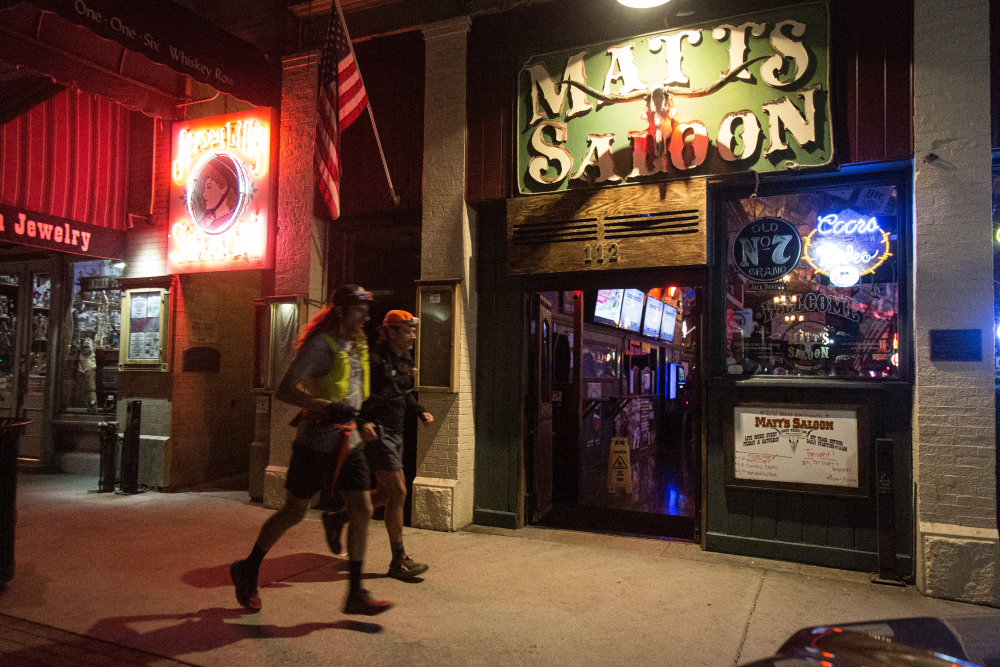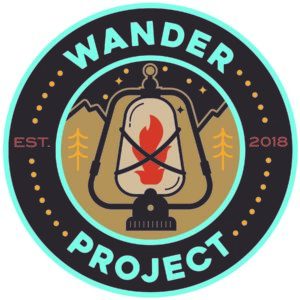The distance is long. The course is steep and rugged. It will be hot and cold. That pretty much sums it up. It is probably a good idea to put in a little training before May.
Official Training Run presented by Kahtoola
The first 37 miles of the course is arguably the hardest of the entire race. Come join us for a training run on this section on April 5th, 2025. Thank you, Kahtoola, for providing each Training Run runner with a pair of gaiters and for donating $50/Training Run runner to Wilderness Volunteers (the race non-profit partner). Registration for this training run and additional details can be found HERE.
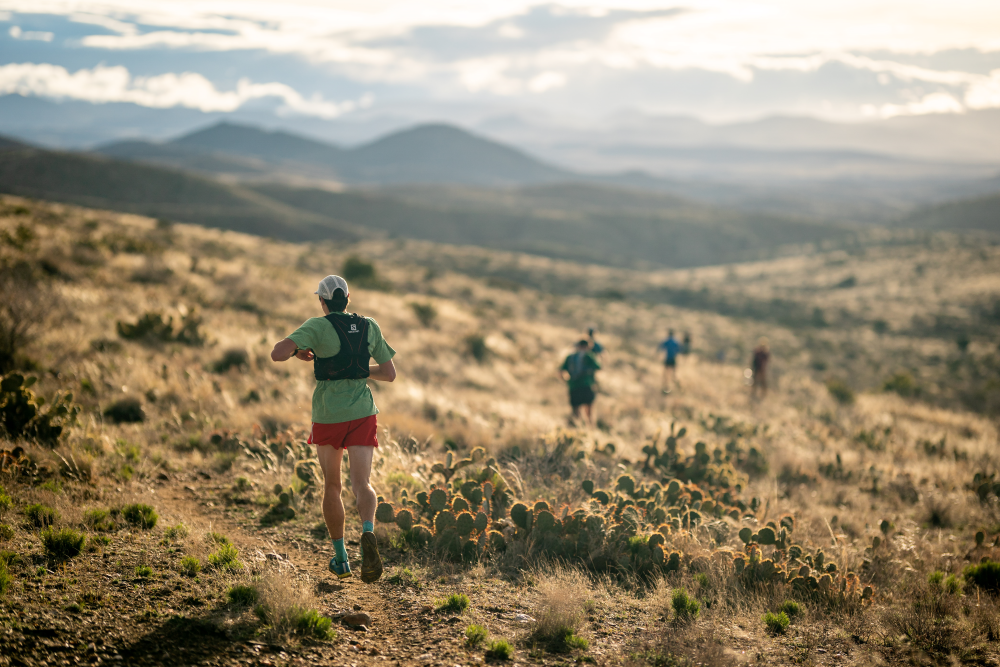
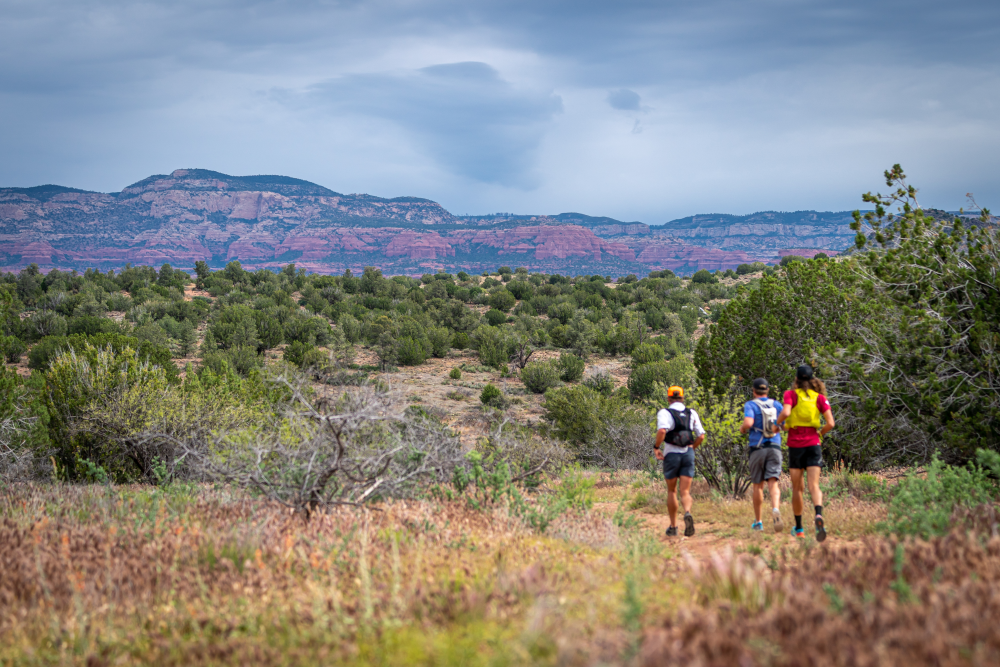
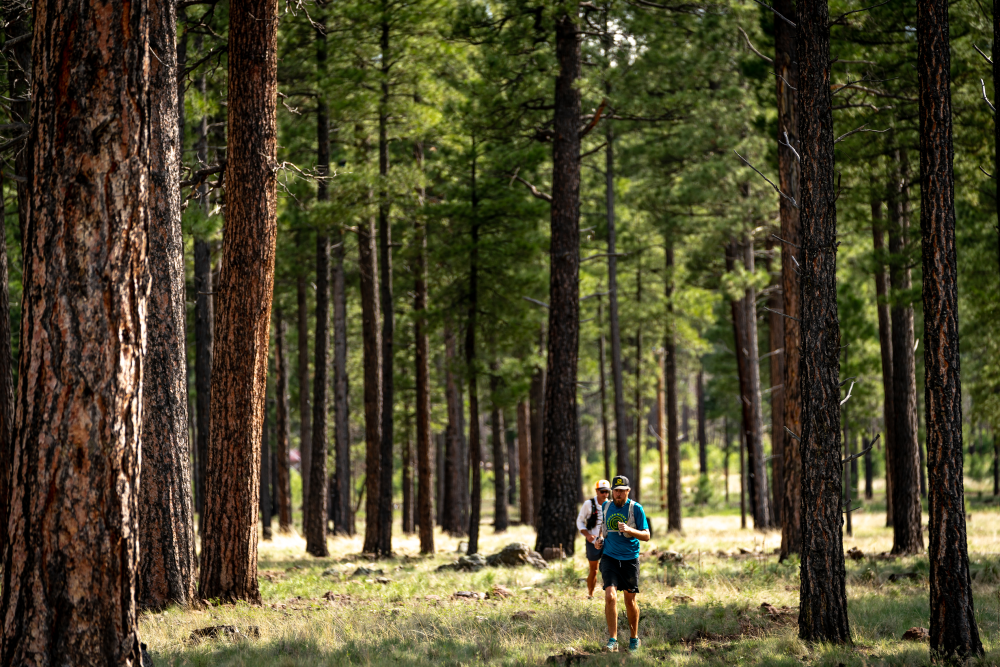
Official Training and Coaching Partner
We are happy to partner with Sundog Running, the official training and coaching partner of Cocodona. Every runner is unique, which is why Sundog only provides custom training plans, specifically tailored to each athlete. Whether you’re a beginner, elite, or find yourself somewhere in between, Sundog wants to work with you. They prioritize individualized training, close communication, and thorough race planning. Sundog Running offers local knowledge of the Cocodona course. Based in Flagstaff, Arizona, their coaches have successfully completed the Cocodona 250 and Sedona 125 events as well as coached runners to the Cocodona finish line. Find them at sundogrunning.com.
Coaching options:
- The YOUR (Your Own Ultimate Running) Plan ($15/week). The most hands off option. Your coach builds your customized plan in its entirety based on your experience level and goals—then you’re on your own to carry it out.
- Coaching Advisor ($125/month) – You work closely with your coach and communicate once a week.
- Personal Coaching ($175/month) – The most hands-on option. You work closely with your coach and communicate with unlimited availability.
- Strength Training ($60/month) – Customized run-specific strength coaching building you into a stronger, injury-proof athlete.
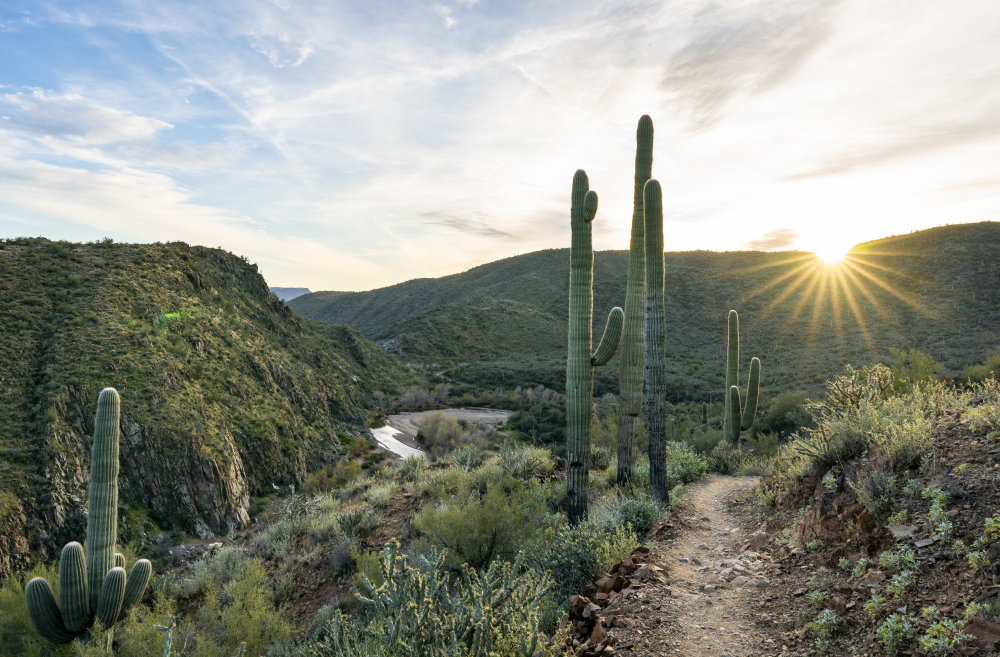
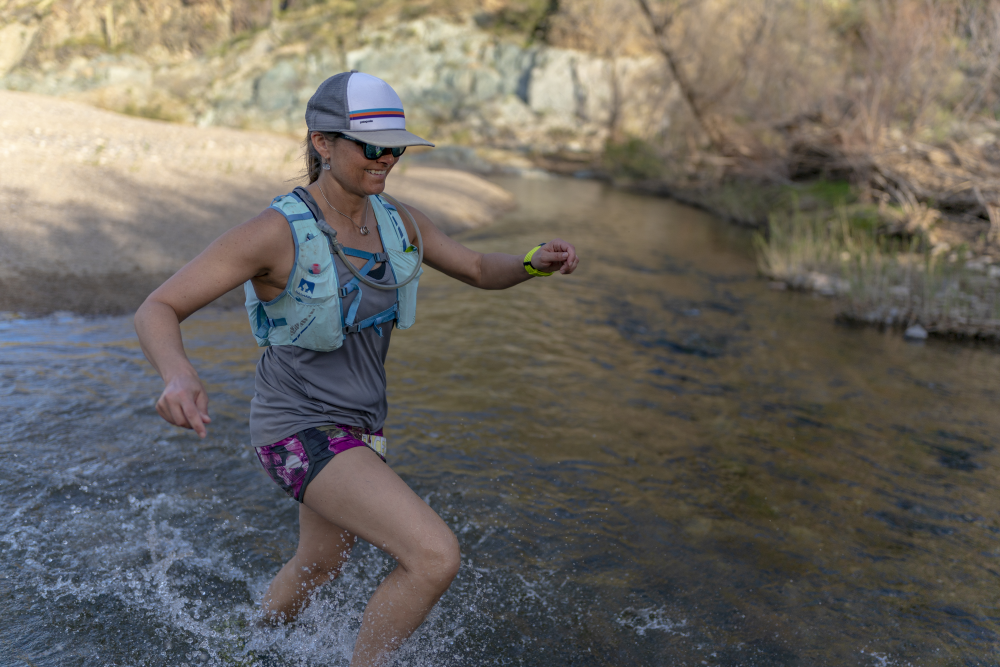
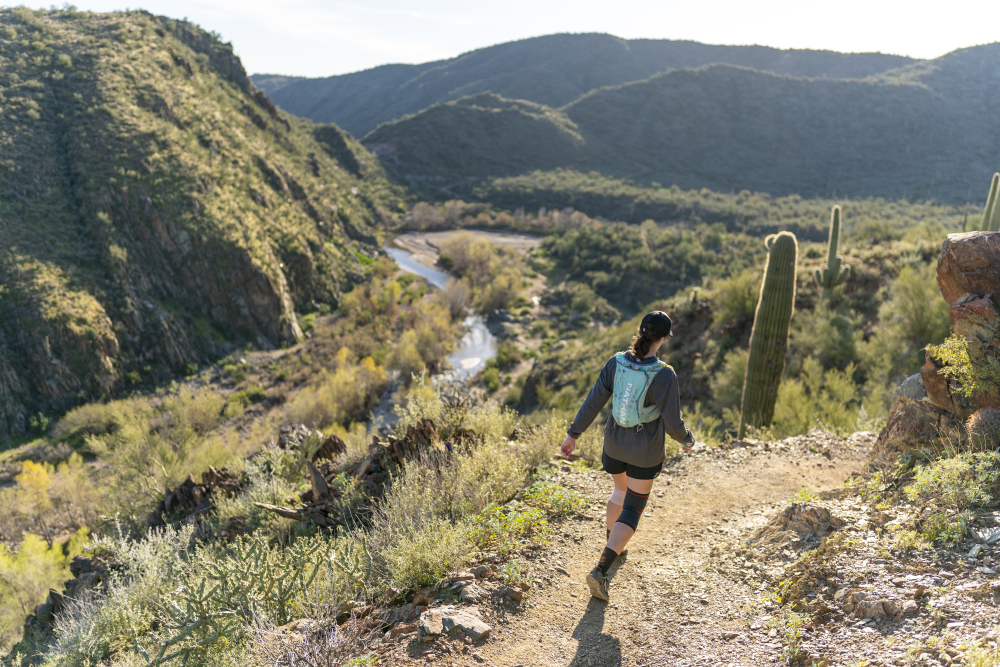
Cocodona 250 Training on the Course
Not planning a 250 off the couch? It might be a good idea to get some training miles under your belt before May. We encourage you to get out on the course but there are some items you need to be aware of:
- Private Property – There are two big sections of private property the race crosses. One is Fain Ranch in the Prescott Valley and the other is a combination of mining and various private parcels below Jerome. We have graciously been given approval to cross these areas during the race but they are NOT open to the general public.
- Conditions – Be cognizant of your impact if it rains. If it is too muddy, run a different trail.
- Gates – It’s simple but very important…if you find a gate closed, close it behind you. If you find a gate open, leave it open.
Here is a link to the PUBLIC sections of the course with sections of private property removed. We have also slightly altered the course and broken it up into 11 sections that start/end at trailheads to make it easier for shuttle logistics. Obviously, you can start/end a training run wherever you would like, we’re just trying to make it easier for you. Here are the sections:
- Section A – 36.5 Miles – Black Canyon City Trailhead to Crown King Saloon.
- Section B – 32.1 Miles – Crown King Saloon to Groom Creek Loop Trailhead
- Section C – 22.2 Miles – Groom Creek Loop Trailhead to Prescott Valley
- Section D – 20.8 Miles – Little Yaeger Canyon to Jerome
- Section E – 13.7 Miles – Dead Horse Ranch State Park to Deer Pass Trailhead
- Section F – 12.4 Miles – Deer Pass Trailhead to Sunset Park
- Section G – 30.7 Miles – Sunset Park to Munds Park
- Section H – 19.7 Miles – Munds Park to Fort Tuthill
- Section I – 17.2 Miles – Fort Tuthill to Walnut Canyon Trailhead
- Section J – 21.5 Miles – Walnut Canyon Trailhead to Heritage Square
For a little bit of background on each section, checkout our “about page”.
Sedona Canyons 125 Training on the Course
Not planning a 250 off the couch? It might be a good idea to get some training miles under your belt before May. We encourage you to get out on the course but there are some items you need to be aware of:
- Private Property – There is one big section of private property the race crosses just below Jerome. We have graciously been given approval to cross this area during the race but they are NOT open to the general public.
- Conditions – Be cognizant of your impact if it rains. If it is too muddy, run a different trail.
- Gates – It’s simple but very important…if you find a gate closed, close it behind you. If you find a gate open, leave it open.
Here is a link to the PUBLIC sections of the course (note that this is the full 250-mile course) with sections of private property removed. We have also slightly altered the course and broken it up into 11 sections (for the 250-mile course) that start/end at trailheads to make it easier for shuttle logistics. Obviously, you can start/end a training run wherever you would like, we’re just trying to make it easier for you. Here are the sections:
- Section E – 13.7 Miles – Dead Horse Ranch State Park to Deer Pass Trailhead
- Section F – 12.4 Miles – Deer Pass Trailhead to Sunset Park
- Section G – 30.7 Miles – Sunset Park to Munds Park
- Section H – 19.7 Miles – Munds Park to Fort Tuthill
- Section I – 17.2 Miles – Fort Tuthill to Walnut Canyon Trailhead
- Section J – 21.5 Miles – Walnut Canyon Trailhead to Heritage Square
For a little bit of background on each section, checkout our “about page”.
Heat Training
The race is in the desert and it will get hot during the day. Arizona typically has very low humidity, so your sweat will evaporate quickly. Remember to drink even if you don’t feel like you are sweating. There are sections with absolutely no shade or tree cover. Heat, dehydration, and hyponatremia can take a huge toll on runners who are unprepared. Train in the heat if you can. If you can’t, set up a plan to keep cool. Experiment with sun hats, long sleeve shirts, sun sleeves, and sun gloves. In addition, make sure you have your pack dialed in to carry the required gear, including enough salts and fluid capacity. In addition, make sure you have your pack dialed in to carry the required gear (see Runner Guide), including enough salts and fluid capacity.
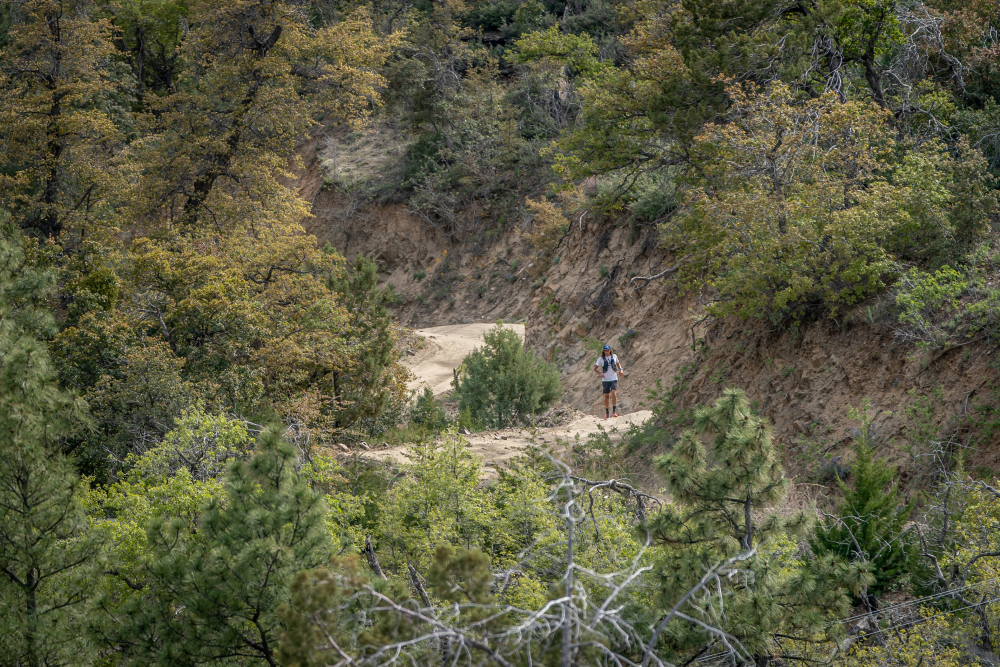
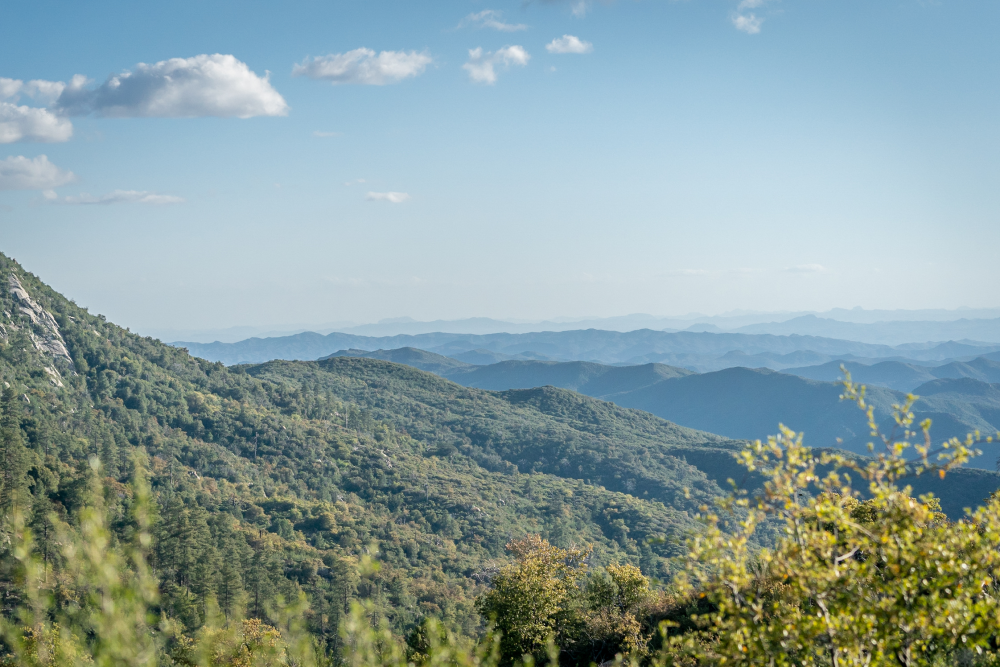
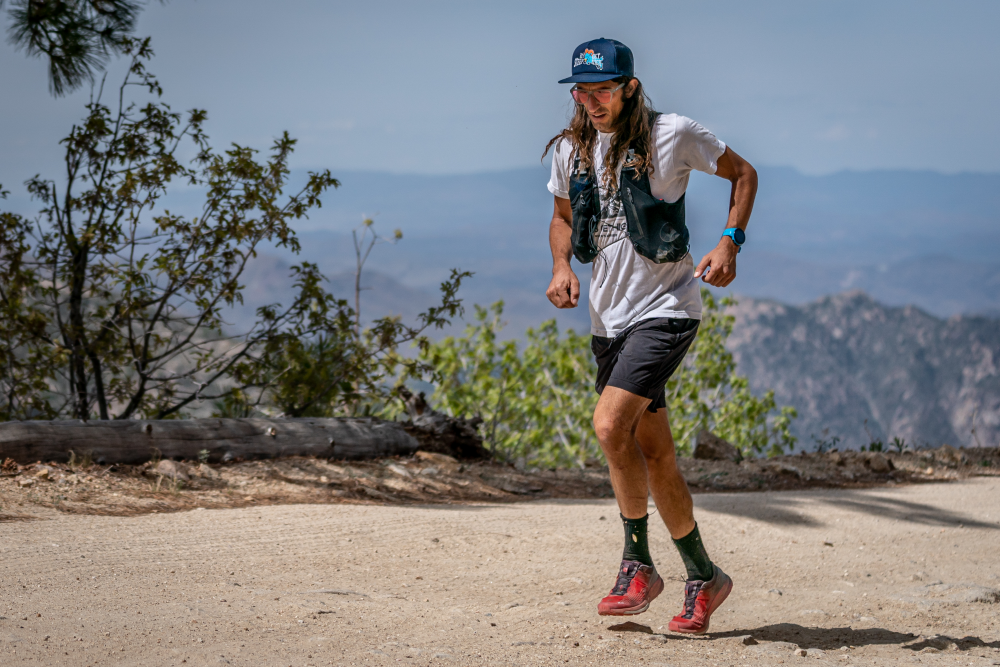
Terrain
Some sections of the course are butter smooth single-track. Other sections are barely paths at all but more resemble rocky riverbeds or eroded ravines. It is beautiful and it is rugged. Prepare for this by training on rocky terrain wherever you can. You will also be running through several sandy washes. We would suggest training in sand to see how your pace and feet hold up. Know thy feet. Merino Wool Darn Tough socks and Kahtoola gaiters are highly recommended.
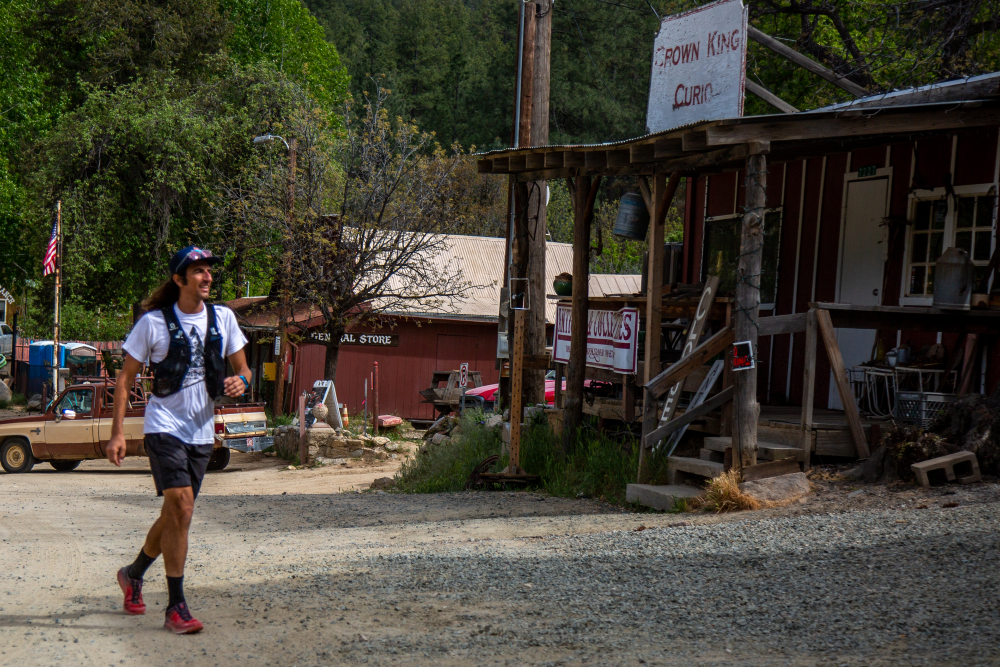
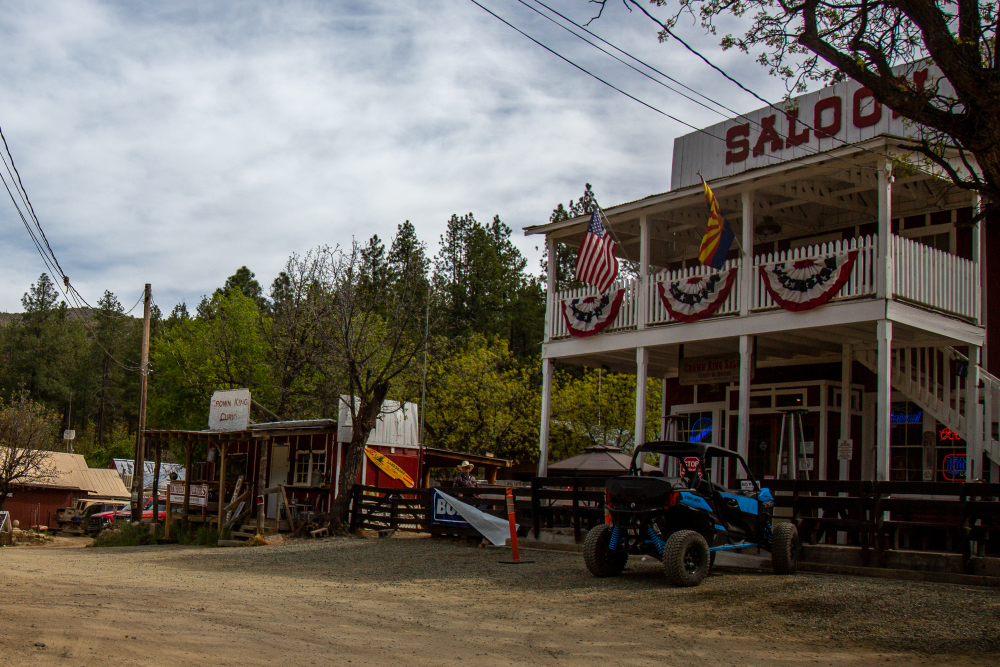
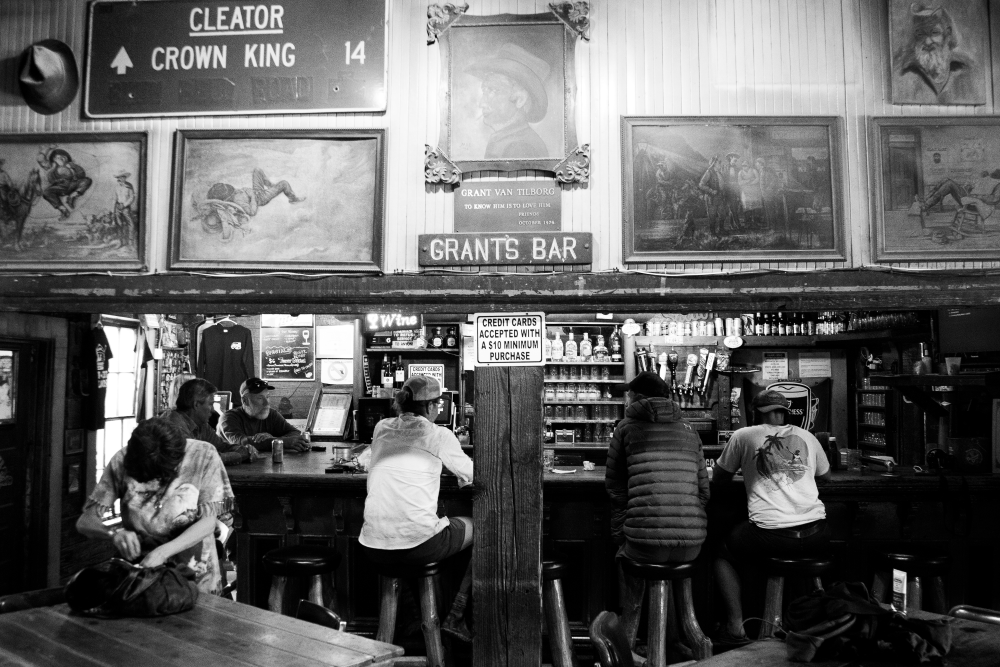
Slow It Down
Keep it at an easy pace, especially early in the race. Walk the uphills. The more Long Slow Distance training you can do the better. And yes, long hiking days are great training.
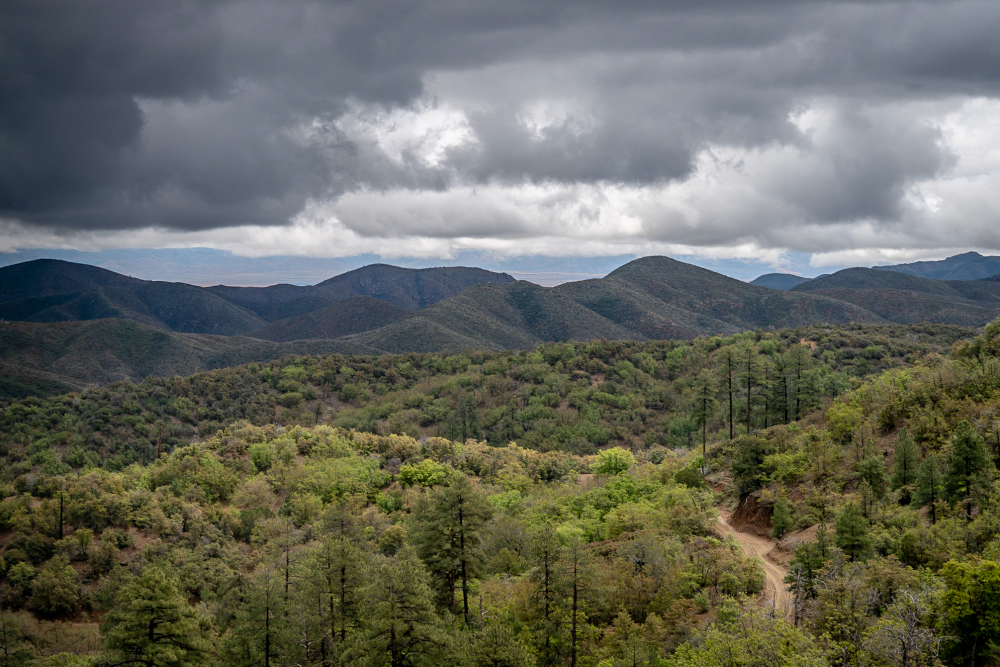
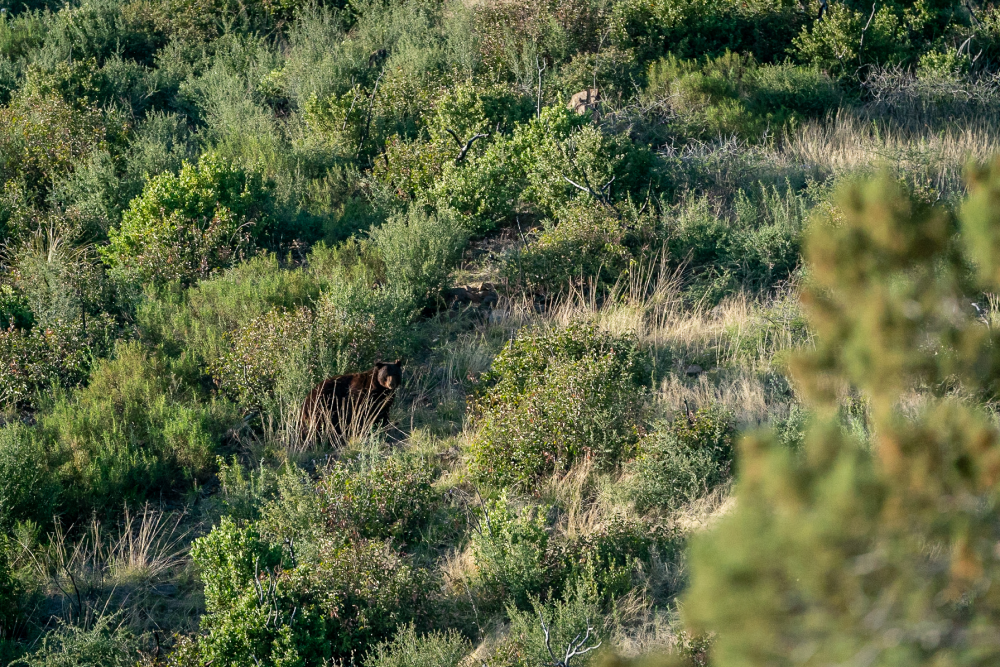
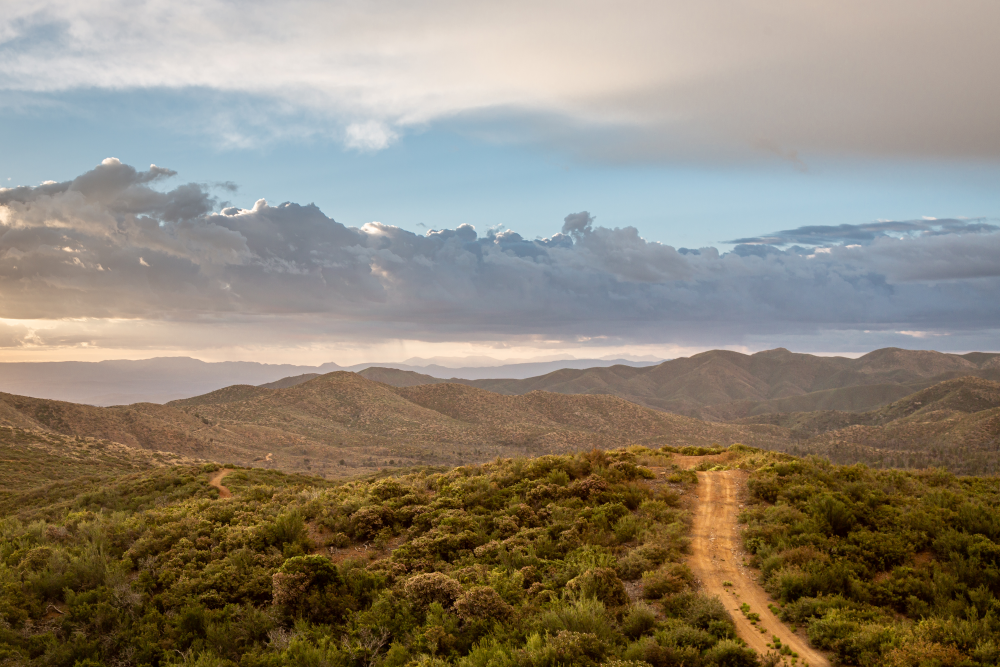
Multi-Day
The 200+ mile distance is all about multi-day. We recommend a few trainings blocks of 3-4 days with 25-40 miles/day.
